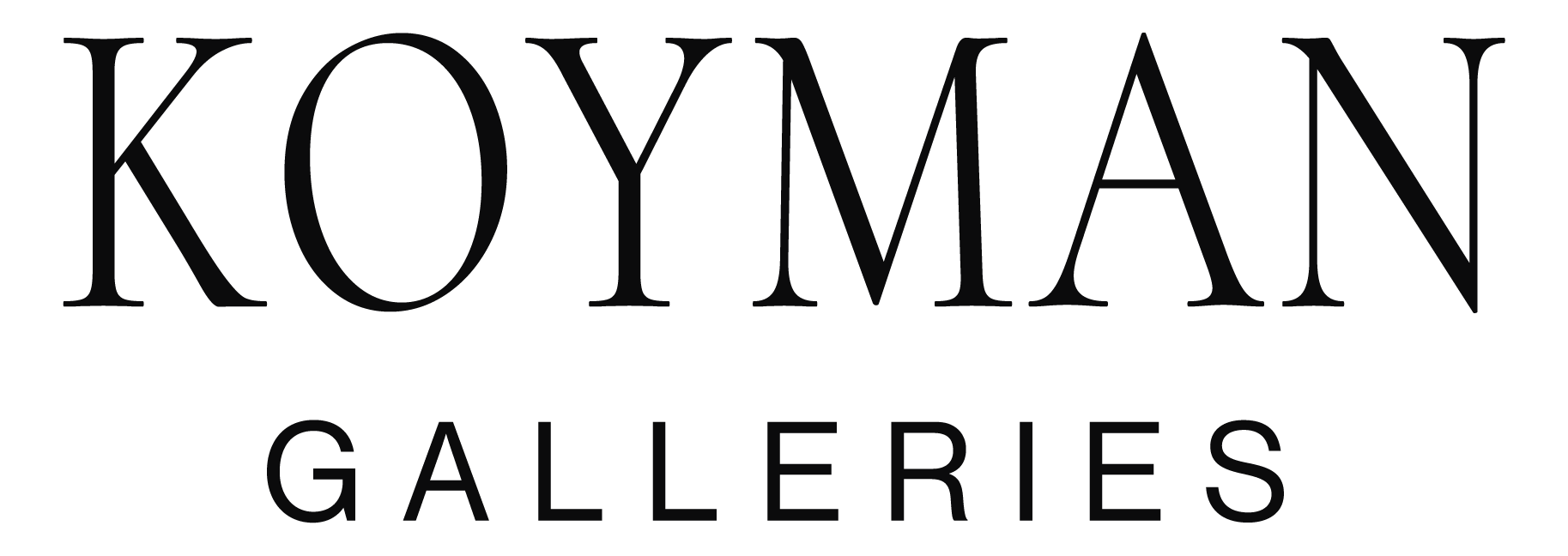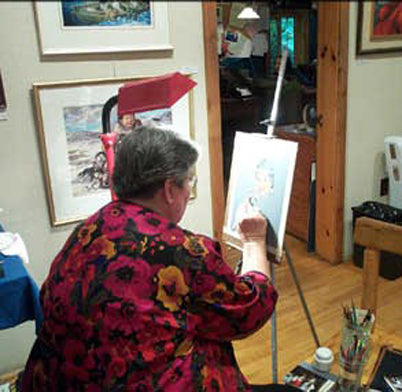Nori Peter (1935–2013, Budapest, Hungary) trained at the Hungarian Academy of Fine Arts before emigrating to Canada after the 1956 revolution. Initially known for portraiture, completing more than 600 works, she later gained recognition for her sensitive depictions of Inuit life and children. A versatile artist, she also created porcelain figurines, bronze castings, and stained glass. Over decades, she established herself as a prolific painter whose art bridged fine art and cultural narrative.Nori Peter was born in Budapest, Hungary on July 23, 1935. She had a natural talent for drawing from the age of three. Encouraged by her father, who kept track of her early work, she attended Fine Art School for four years until she was old enough to attend the Hungarian Academy of Fine Art in Budapest. There she studied under some of Hungary’s great painters until the Revolution in 1956, when she emigrated with her mother to Canada with only $10.00 between them.
In order to survive in Canada, Nori began painting portraits and opened a gallery in Toronto where she met many of her patrons and collectors. She painted portraits for the first six years of her 17 years in Toronto and claimed to have painted over 600 portraits. Around 1965, she was invited to see Canada’s North by a doctor and his wife. It was then that she began painting Inuit people. Her sensitive and romantic portrayals, especially of children, gained her a reputation and led Eaton’s College Street Art Gallery in Toronto to display her paintings. This relationship lasted until the gallery closed.
Nori returned to Inuit settlements across the North several times. Learning that most Canadian souvenirs were made outside the country, she began producing ceramic figurines of Inuit people. Later, she created porcelain figurines and bronze castings of children. Her imagery was noticed by Kaiser Porcelain, the Bradford Exchange, and Anna Perenna, who produced tens of thousands of collectible plates featuring her work. At times, she also worked in stained glass, and her images appeared on placemats, mugs, and postcards. She was especially proud of her work for several Ontario churches, where ceramic sculptures, murals, and paintings adorn the walls.
In the early 1960s, Nori met the Whetungs of Curve Lake, Ontario, who encouraged her to display at their gallery. After 17 years in Toronto, she moved to Curve Lake and later lived in Lakefield, Emerald Isle, Buckhorn Lake, and Ennismore, where she kept her studio. She enjoyed the Peterborough and Kawartha Lakes region, where many of her thousands of oil paintings remain in private homes.
Nori had a 30-year relationship with Koyman Gallery in Ottawa and Klimantiris Gallery in Montreal, and also displayed work at 737 Gallery near Tweed, Ontario. Several of her paintings were published as print editions, and she generously supported many organizations with donations of her work. Fond of animals, especially husky dogs, she often included them in her pictures.
Her work is represented in several corporate collections, as well as the University of Calgary Gallery, the Edmonton Art Gallery, the Provincial Art Gallery of Newfoundland and Labrador, and the National Gallery of Canada.


